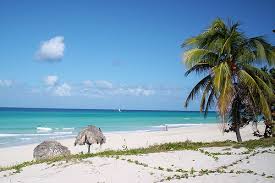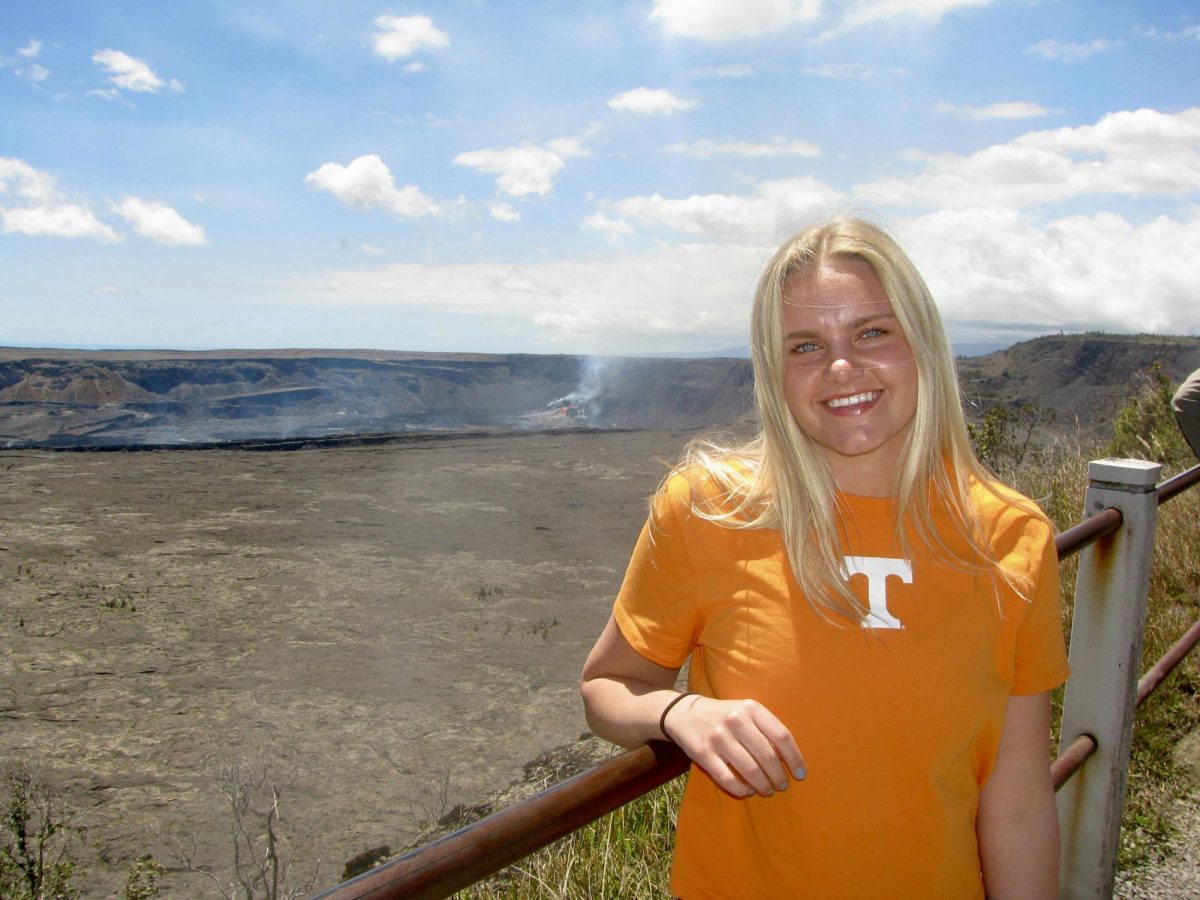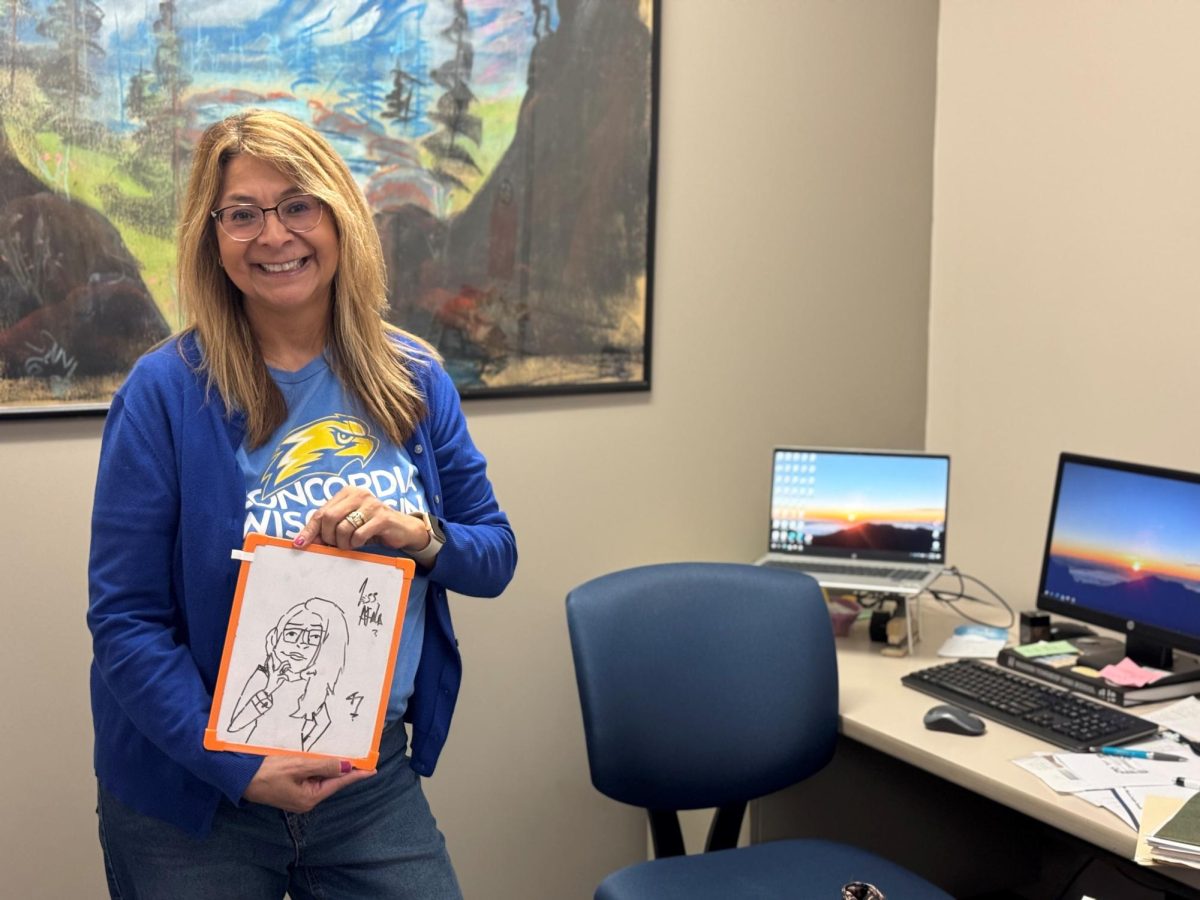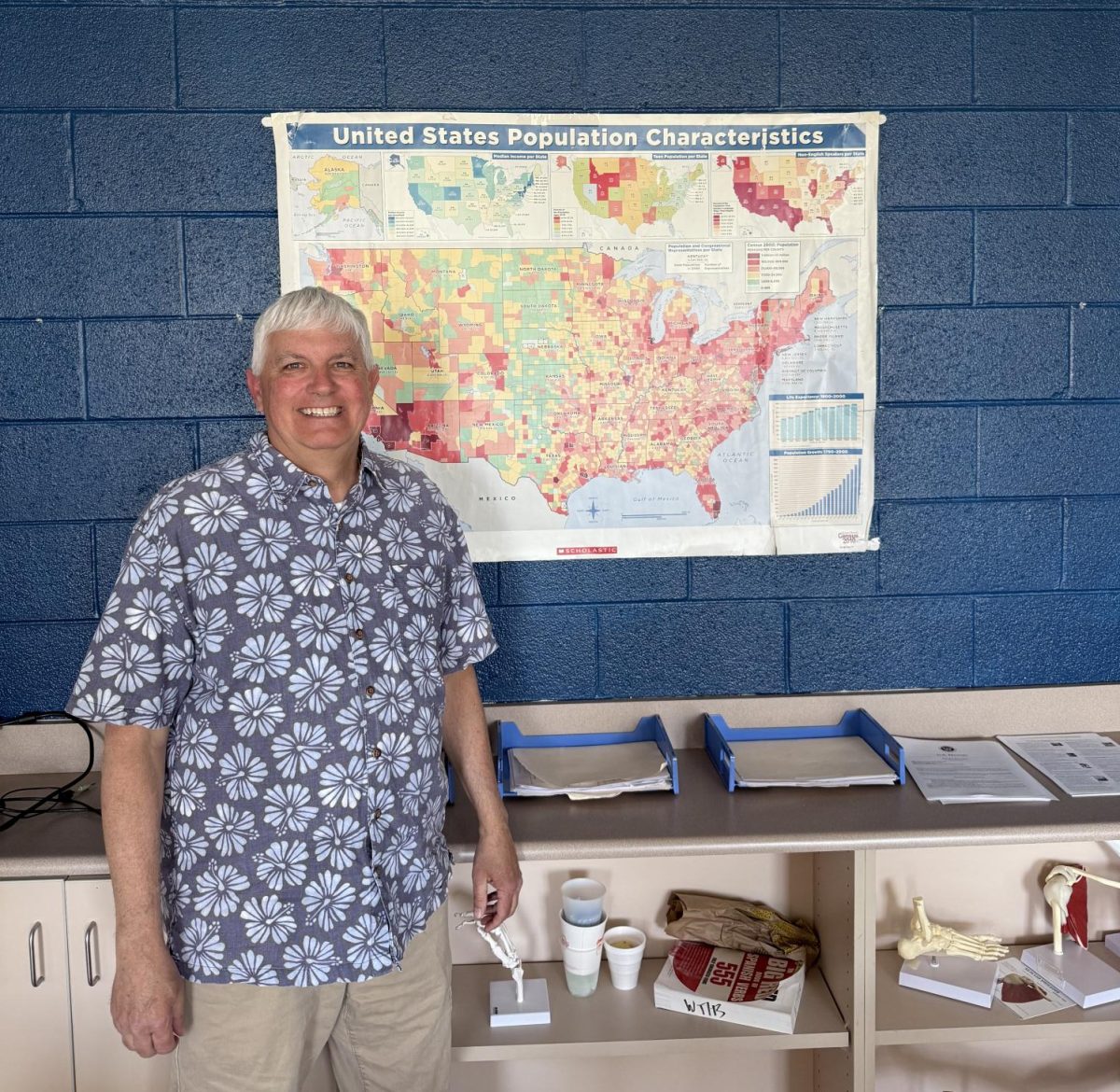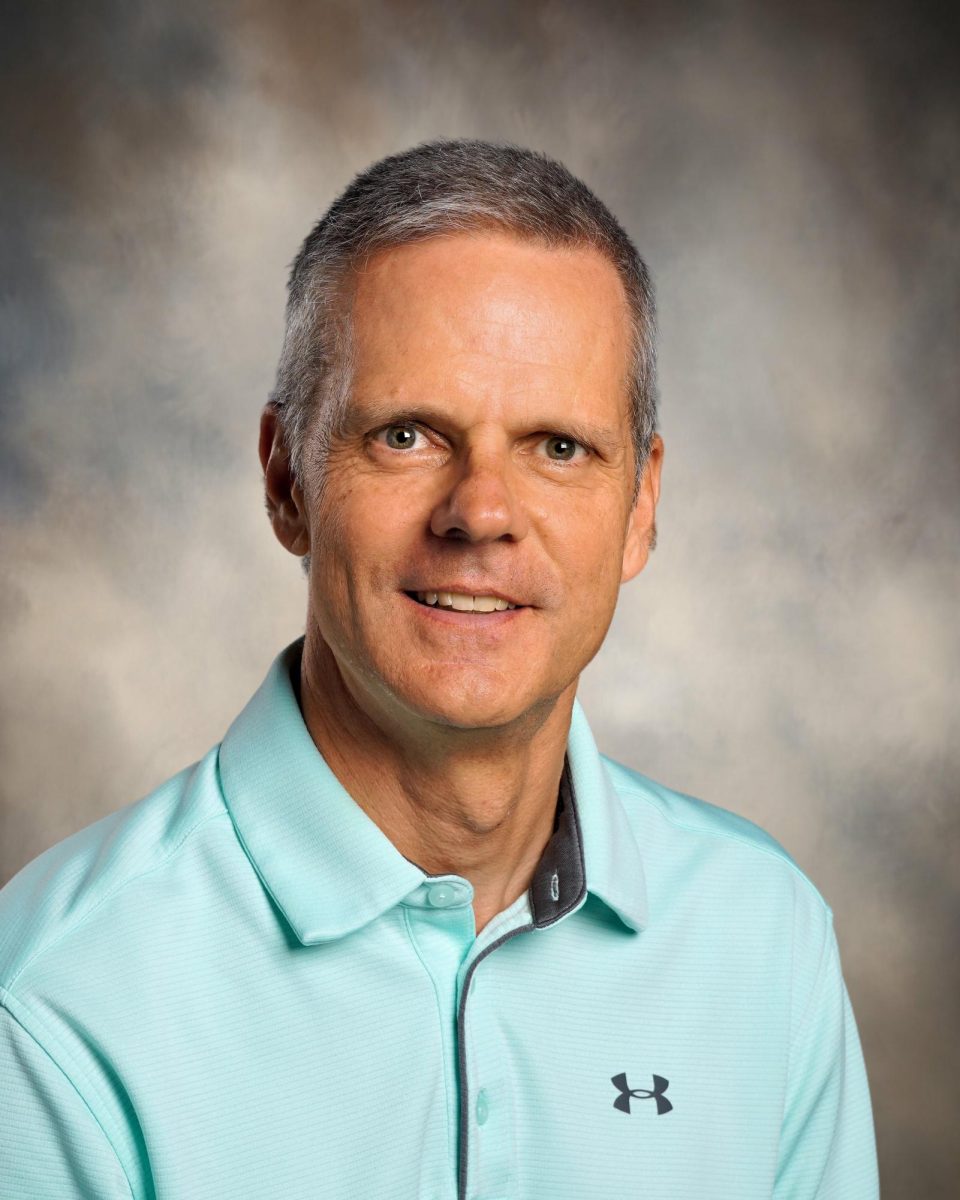Five Years Later
November 10, 2016
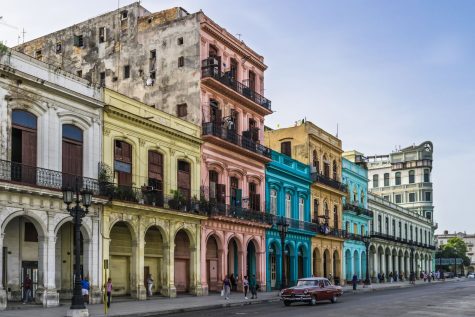 Reflect back to your first day of middle school, what was that like? For many, awkward yearbook photos with everyone’s shiny new set of braces may flood your mind. Now put yourself in the position of Diego Sosa. Walking in on the first day of seventh grade, Diego knew no one. The language was new. The culture was new. The people, were all new.
Reflect back to your first day of middle school, what was that like? For many, awkward yearbook photos with everyone’s shiny new set of braces may flood your mind. Now put yourself in the position of Diego Sosa. Walking in on the first day of seventh grade, Diego knew no one. The language was new. The culture was new. The people, were all new.
Diego walked up to his teacher, standing only a few inches from her face, and introduced himself in a loud, passionate voice. As his teacher took a few steps back from him, she introduced herself and him to the class. He had very little knowledge of English and nodded as his teacher talked, not understanding a word she said. He looked around with wide eyes, taking in his new surroundings and faces in front of him. Perplexed by how quiet she talked to the class, and how far she stood away from him, Diego realized he was not in Cuba anymore, and that he should probably not talk as loud.
Five years later, Diego is able to reflect on this first day of school. ¨Social norms are not the same here as in Cuba. One example is personal space, people in Cuba get very close and talk very loud. I was not aware this was any different in the United States until I moved here. I t was an adjustment to say the least,¨ Diego recalls. Language was also a big hurdle that he had to leap over being a new kid in a new country. ¨ I t was hard to walk into a room and have no idea what was going on, but I did not let myself discouraged. As a kid you pick up language really fast so it took me about a year to learn English. I did the best I could with the language and was able to overcome the barrier, but it definitely took some patience,¨ Diego said.
Diego was used to moving around as he had done so often as a child, but he had never made a move as big as this one. ¨My family and I moved around a lot. I have moved two times since I ‘ve been here and I moved four times in Cuba. I t has been hard to find a place to call home.¨
The story of how Diego got to the United States was quite the journey.
He moved here five years ago, during seventh grade. Diego recalls the lengthy procedure, ¨ I got here legally. I t was a big process. A family member in the US had to claim us. They filed a request for us to visit them in the United States. Then the US Embassy gave us a meeting in Cuba. This meeting was to decide if we were going to get to go to the United States or not. I t’s was basically to figure out if we were communists or not. They looked at our history and our activities that could be related to communism. My dad was in this like youth group, and it was affiliated with the government which made us scared that it would affect our chances of coming here. Initially the appointment was really late in the year, and that would force us to come to the US later than we anticipated, so we tried to get themeeting moved up to a sooner date. Thankfully we did! When the US Embassy had themeeting with us, it was weird. They asked a lot of questions, but it went smoothly. They said we could get in. I t was a lot of paperwork and money, but we got in. We were supposed to be just visitors, but there’s a Cuban Adjustment Act that states, any Cuban person that gets to the United States is basically legal. So once we were here, we were here,? Diego explained. The Cuban Adjustment Act, according to the U.S. Citizenship and Immigration Services, was enacted on November 2, 1966. This Act allows thousands of Cuban refugees to become lawful permanent residences of the United States.
Coming here, Diego and his family had to leave a lot behind. His favoritememories weremade at the beaches in Cuba, Varadero being the one hemisses most. He described his grandma having a large colonial style house, uncommon for the city of Havana where he lived, where all his friends would visit. His birthday parties were the highlight of his childhood and a memorable time for him. Family is a big aspect of his life, and he and his family used the beach as their second home. ¨ I loved going to the beach. Cuba has some really nice beaches. The water is clear, warm and beautiful. The sand is very fine like salt. We would have picnics and bring delicious food. It was a special time for my family and these times are one of my fondest memories.¨ While some of Diego’s family from his mom’s side lives here, most of his dad´s family still lives in Cuba. With leaving so much behind in Cuba, what made his family move? ¨One of the biggest reasons we came here was for good education and job opportunities.¨
Diego is known for being an exceptional student. He has an outstanding GPA and received a 35 on his ACT. His education is so important to him because it is the reason why his family came to the United States. He aspires to go to Stanford, and knows that this could not be possible without the sacrifices that weremade by his family immigrating here. He uses this pressure to make himself the student that he is. ¨My parents made the sacrifice for me to come here, so I feel that pressure to do well in school, but I like it. I t has pushed me to do well, I am here for that reason and that is what I intend to do.¨
While coming here has made Diego the scholar that he is, it has changed more than just his academics. The move has changed who he is. ¨ I ‘ve becomemore American. Themusic I listen to, themovies I watch, the way I act, all changed after living in America. I t was hard to not change because the culture was all around me,¨ Diego reflects. These changes havemade positive impacts on the people around him, as he is looked up to by his peers. His close friend Arjun Sanzgiri admires ¨Diego´s confidence and compassion. He uses what makes him different to his advantage, and is not a follower, but a leader. He also has pretty cool hair.¨ While Diego is a leader, his close friend Regine Buenaobra can attest for his quality of character. ¨Since I met him, he?s always treated everyone with the same amount of respect. He?s courteous and gets along with anyone hemeets.¨ The surface of Diego reflects a great student, but digging deeper reveals an even greater person.
Going through so much change has made Diego into person he is today. Without overcoming all he has, who knows where he would be now. But we do know where he is. He is on the path to Stanford with a bright future ahead, as bright as the sun on Varadero beach.



